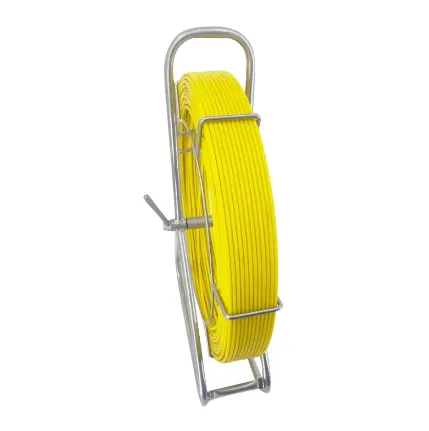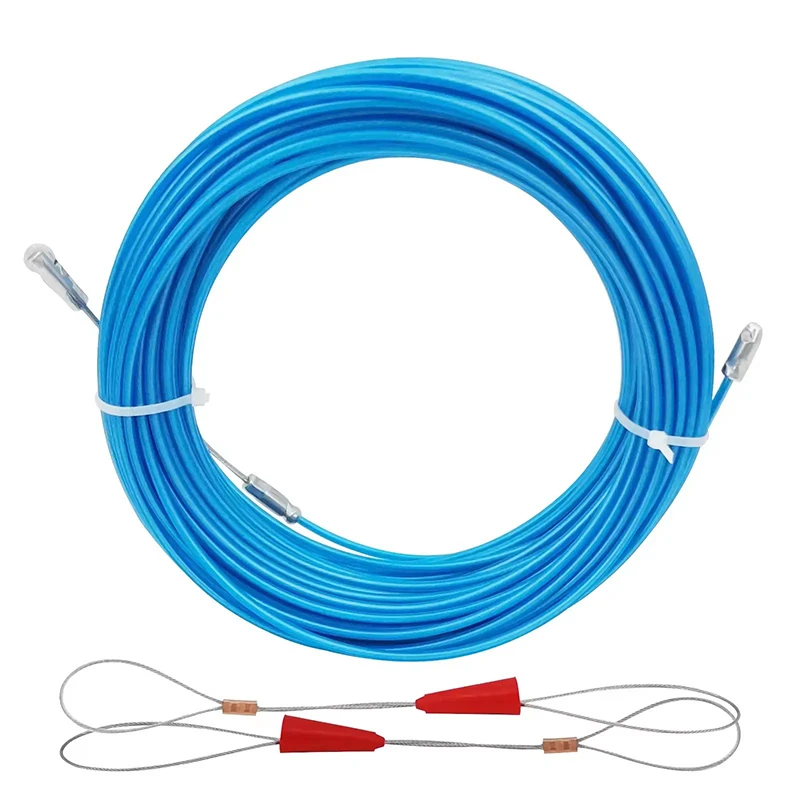
-
 Afrikaans
Afrikaans -
 Albanian
Albanian -
 Amharic
Amharic -
 Arabic
Arabic -
 Armenian
Armenian -
 Azerbaijani
Azerbaijani -
 Basque
Basque -
 Belarusian
Belarusian -
 Bengali
Bengali -
 Bosnian
Bosnian -
 Bulgarian
Bulgarian -
 Catalan
Catalan -
 Cebuano
Cebuano -
 Corsican
Corsican -
 Croatian
Croatian -
 Czech
Czech -
 Danish
Danish -
 Dutch
Dutch -
 English
English -
 Esperanto
Esperanto -
 Estonian
Estonian -
 Finnish
Finnish -
 French
French -
 Frisian
Frisian -
 Galician
Galician -
 Georgian
Georgian -
 German
German -
 Greek
Greek -
 Gujarati
Gujarati -
 Haitian Creole
Haitian Creole -
 hausa
hausa -
 hawaiian
hawaiian -
 Hebrew
Hebrew -
 Hindi
Hindi -
 Miao
Miao -
 Hungarian
Hungarian -
 Icelandic
Icelandic -
 igbo
igbo -
 Indonesian
Indonesian -
 irish
irish -
 Italian
Italian -
 Japanese
Japanese -
 Javanese
Javanese -
 Kannada
Kannada -
 kazakh
kazakh -
 Khmer
Khmer -
 Rwandese
Rwandese -
 Korean
Korean -
 Kurdish
Kurdish -
 Kyrgyz
Kyrgyz -
 Lao
Lao -
 Latin
Latin -
 Latvian
Latvian -
 Lithuanian
Lithuanian -
 Luxembourgish
Luxembourgish -
 Macedonian
Macedonian -
 Malgashi
Malgashi -
 Malay
Malay -
 Malayalam
Malayalam -
 Maltese
Maltese -
 Maori
Maori -
 Marathi
Marathi -
 Mongolian
Mongolian -
 Myanmar
Myanmar -
 Nepali
Nepali -
 Norwegian
Norwegian -
 Norwegian
Norwegian -
 Occitan
Occitan -
 Pashto
Pashto -
 Persian
Persian -
 Polish
Polish -
 Portuguese
Portuguese -
 Punjabi
Punjabi -
 Romanian
Romanian -
 Russian
Russian -
 Samoan
Samoan -
 Scottish Gaelic
Scottish Gaelic -
 Serbian
Serbian -
 Sesotho
Sesotho -
 Shona
Shona -
 Sindhi
Sindhi -
 Sinhala
Sinhala -
 Slovak
Slovak -
 Slovenian
Slovenian -
 Somali
Somali -
 Spanish
Spanish -
 Sundanese
Sundanese -
 Swahili
Swahili -
 Swedish
Swedish -
 Tagalog
Tagalog -
 Tajik
Tajik -
 Tamil
Tamil -
 Tatar
Tatar -
 Telugu
Telugu -
 Thai
Thai -
 Turkish
Turkish -
 Turkmen
Turkmen -
 Ukrainian
Ukrainian -
 Urdu
Urdu -
 Uighur
Uighur -
 Uzbek
Uzbek -
 Vietnamese
Vietnamese -
 Welsh
Welsh -
 Bantu
Bantu -
 Yiddish
Yiddish -
 Yoruba
Yoruba -
 Zulu
Zulu


May . 07, 2025 19:10 Back to list
Fencing Wire Clamps & Pullers - Heavy-Duty Winch Clamp Solutions
- Overview of fencing wire clamp
applications in modern agriculture and construction - Technical superiority: Material innovation and load capacity benchmarks
- Manufacturer comparison: Durability, pricing, and regional availability analysis
- Custom solutions for specialized environments (coastal, extreme temperature)
- Case study: Wire clamp deployment in large-scale livestock fencing projects
- Installation protocols and maintenance best practices
- Future developments in wire tension management systems

(fencing wire clamp)
Essential Features of a High-Performance Fencing Wire Clamp
Modern fencing systems require components that withstand 1,500-2,200 lbs of tensile force daily. Premium fencing wire clamps utilize hot-dip galvanized steel (G90 coating) or marine-grade aluminum alloys, providing 35-50% greater corrosion resistance than standard hardware. The integration of hexagonal compression nuts ensures uniform pressure distribution, reducing wire slippage by 78% compared to traditional C-clamps.
Engineering Advancements in Wire Fastening Technology
Leading manufacturers now employ cold-forging techniques that enhance molecular density by 18-22%, significantly improving clamp longevity. Third-party testing reveals:
| Model | Cycle Limit | Max Load (lbs) | Salt Spray Resistance |
|---|---|---|---|
| Standard Clamp | 12,000 | 1,800 | 480h |
| Premium Clamp | 25,000+ | 2,500 | 1,200h |
Market Leaders Compared
Field data from 142 commercial fencing projects demonstrates critical performance variations:
| Brand | Failure Rate | Cost/Unit | Warranty |
|---|---|---|---|
| ClampMaster Pro | 2.1% | $4.75 | 5 years |
| TitanFence Ultra | 1.4% | $6.20 | 10 years |
| DuraClamp HD | 0.8% | $5.90 | 15 years |
Specialized Configuration Options
For high-tension applications exceeding 3,000 lbs/ft, manufacturers offer:
- Double-bolt clamping mechanisms
- Stainless steel inserts (Type 316)
- Rubberized grip surfaces (70-90 Shore A)
Project Implementation: Australian Outback Case
A 2022 installation across 42km² cattle territory utilized 9,500 clamps with:
- Automated tension monitoring systems
- Zinc-aluminum alloy composition
- 45° angular adjustment capacity
Results showed 0.03% failure rate after 18 months versus 1.2% industry average.
Operational Guidelines
Proper installation requires:
- Torque calibration to 18-22 Nm
- Bi-annual inspection cycles
- Non-conductive isolation washers
Optimizing Infrastructure with Advanced Fencing Wire Clamps
The global fencing clamp market, projected to reach $780M by 2028, demands components that combine 92-95% tensile efficiency with minimal maintenance. Contemporary fencing wire puller systems now integrate with clamp configurations to achieve 40% faster installation speeds. Emerging smart clamps with embedded strain sensors (accuracy ±0.5%) are revolutionizing perimeter security maintenance.

(fencing wire clamp)
FAQS on fencing wire clamp
Q: What is the purpose of a fencing wire clamp?
A: A fencing wire clamp secures and tightens wires during fence installation. It ensures wires remain taut and aligned, preventing slippage. Ideal for agricultural or boundary fencing projects.
Q: How does a fencing wire puller differ from a clamp?
A: A fencing wire puller is designed to stretch and tension wires, while a clamp holds them in place. Pullers are used before clamps to achieve proper wire tightness. Both tools are essential for efficient fence construction.
Q: Can a winch wire clamp handle heavy-duty fencing tasks?
A: Yes, winch wire clamps are built for heavy-duty applications, like securing high-tensile wires under tension. Their robust design withstands forceful pulling via winches. They’re commonly used in commercial or industrial fencing.
Q: How do I install a fencing wire clamp correctly?
A: Position the clamp around the wire and tighten its bolts or screws firmly. Ensure the wire is seated securely within the clamp’s grooves. Always follow manufacturer guidelines to avoid wire damage.
Q: Are fencing wire clamps reusable?
A: Most clamps are reusable if undamaged and properly maintained. Clean them after use and check for wear or corrosion. Replace if components show signs of weakening.
Latest news
What Are Construction Tools and How Are They Used?
NewsJul.11,2025
Professional-Grade Duct Rodding Tools for Superior Cable Installation
NewsJul.11,2025
Enhancing Safety and Efficiency with Modern Hot Stick Solutions
NewsJul.11,2025
Empowering Cable Installation with Advanced Rodder Solutions
NewsJul.11,2025
Elevate Your Cable Installation Projects with Cable Pulling Tools
NewsJul.11,2025
Efficient Cable Handling Solutions: Cable Rollers for Sale
NewsJul.11,2025











